In the current market scenario, each and every buyer are keen on having a decent amount of RAM and ROM their smartphones. Well, least those who know about them are. But, what if you’re entirely unaware of the fact that RAM and ROM both are incredibly significant parts while purchasing a smart-device. I would suggest knowing about the main differences and the importance of them is the thing you should do. So, in this Difference Between RAM and ROM article, we have come up with all the things you should know about in general. So, let’s begin.

(Comparison) Major Difference Between RAM and ROM
So, here we are showing you everything about on Difference Between RAM and ROM. So you can get to know more about it.
What is RAM?
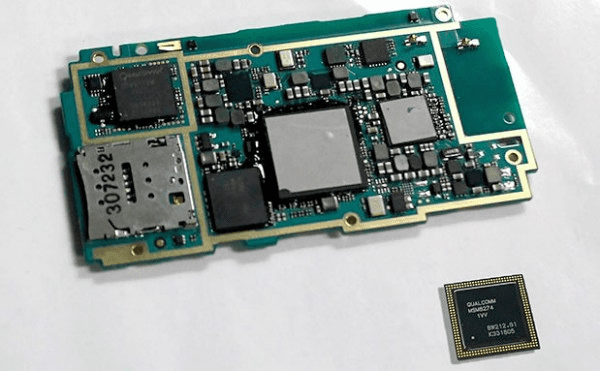
Random Access Memory or modernly called referred to as RAM is a computer storage medium used to store data and machine codes during the processing of the system as the name implies, this supports random access of any part of the memory for both read and writes. Also, the time taken would be pretty much the same for any part of the memory. Well, this might sound interesting to folks who know CD-ROM and hard-disks. These devices do take a different amount of time for different parts of the device when it comes to reading and writing instructions. This often serves as the most significant differentiator for two identical devices with the same configuration. The size of RAM has a substantial impact on the processing capacity of the device.
What is ROM?
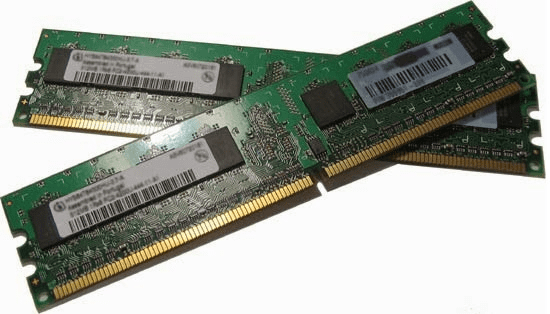
Read-Only Memory or ROM is more of a twin brother for a RAM. As you could guess, the ROM is for data or instructions which have to be written once but read multiple times. Over the period of years, ROM did take a tactical shift for its newer versions based on the needs and requirements like EPROM (Erasable Programmable Read-Only Memory) and EEPROM (Electrically Erasable Programmable Read-Only Memory). The EPROM & EEPROM are for devices where the ROM contents have to be changed. But one has to be wary of the fact that updating ROM is a slow and complicated process and might require individual devices to perform the same.
History of RAM and ROM –
One could see that relays and mechanical counters were the base for RAM. The Drum memory used in early stages then paved the way for vacuum tube triodes, and CRT and magnetic core memory followed up after that.
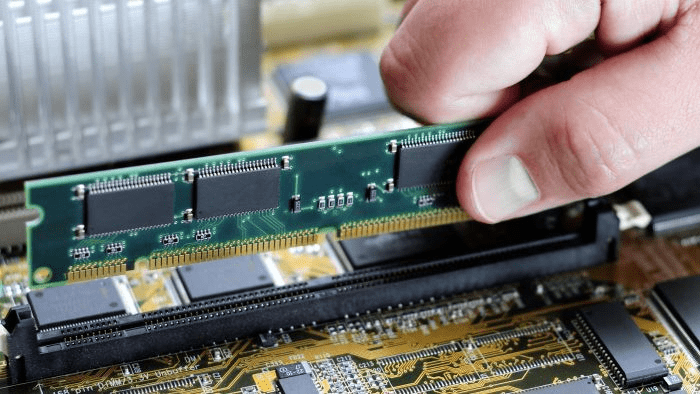
Combinational logic gates and Integrated circuits were the path-breaking innovations that led to the development of ROM. Mask ROM was in the early stages, which paved the way for PROM and then finally now EPROM & EEPROMs. The last few decades saw the surge of flash memory-based ROMs, and most recently, there has been a lot of interest in NAND flash.
Types of RAM and ROM & Categories of RAM and ROM –
Types of RAM:
RAMs fall into majorly two categories. Both types do lose data when the power is turned off. Let’s look more about both of them.
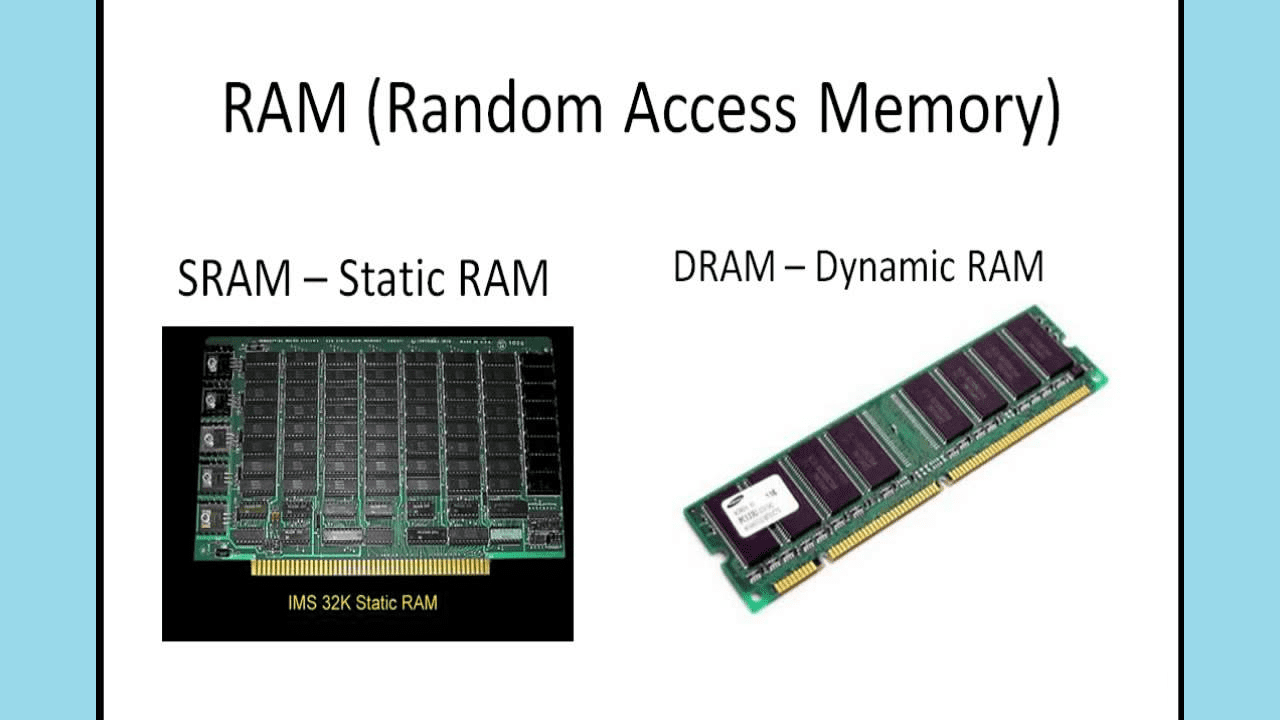
- Static RAM:
It is quite costly to manufacture SRAM, but they provide faster performance and consumes less power. - Dynamic RAM:
They are the most widely used RAMs in modern devices like laptops and mobile phones. The primary reason for the significant acceptance of DRAMs is that they are cheaper to produce.
Types of ROM:
ROM does have many categories based on the variety of uses it is being put through. Few of them are.
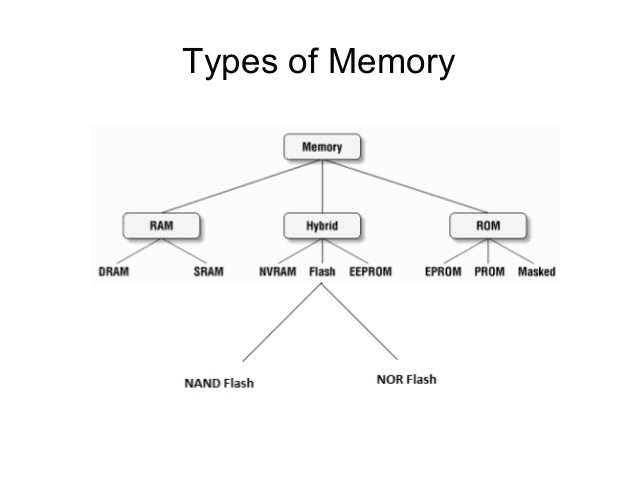
-
PROM:
Programmable Read-Only Memory or PROM can be written once and read multiple times. When being printed for the first time, the internals of it is fused permanently, which does not facilitate reuse of the rewrite of this device.
-
EPROM:
Erasable Programmable Read-Only Memory or EPROM can write again after the first write operation. It requires a high voltage and the exposure of UV light to get the rewrite job done. One has to note that during this process it undergoes wear and tear, but that’s a part of the process. Most EPROMs are durable up to 1000 cycles of rewrites.
-
EEPROM:
Electrically Erasable Programmable Read-Only Memory or EEPROM is the big game-changer in the ROM space. This made it easy to rewrite ROMs without the need to remove and expose them to UV rays physically. It’s all done electrically and hence find its usage in most of the electronic devices we use today like cameras and mobile phones.
-
EAROM:
Electrically Alterable Read Only Memory or EAROM is used for scenarios where the writes are very infrequent and hence supports a slow bit-by-bit writes.
-
CD-ROM:
Am sure everybody knows this ROM. CD-R is written once and read many times, and CD-RW is read and write multiple times and is akin to EEPROM.
Fundamental Difference Between RAM and ROM –
So here we are showing you Fundamental Difference Between RAM and ROM. So you can get to know more about on it.
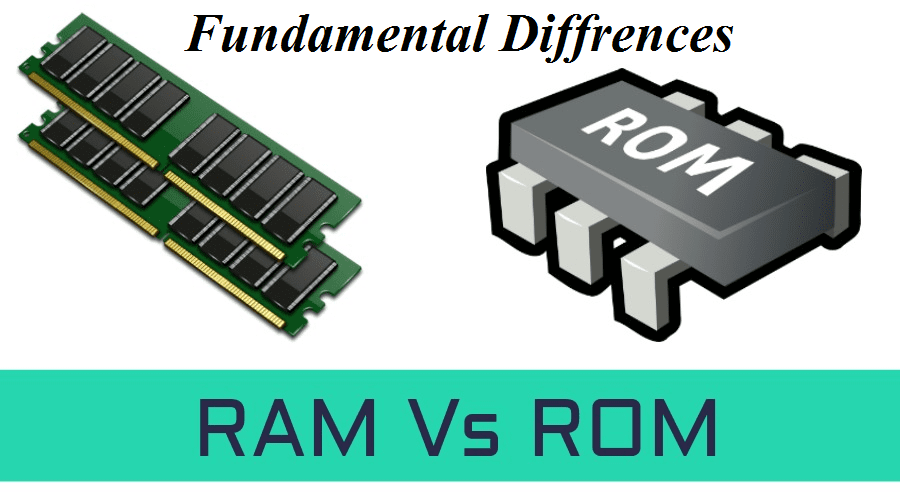
Data Aspect:
This by large is the most prominent Difference Between RAM and ROM. RAM can be read and written multiple times with ease and speed. ROM, on the other hand, is more of reading the only interface and hence the writes if permitted are slow. To add to that ROM does support writes only up to a range based on the ROM type.
Speed & Performance:
RAMs because of its internal technology are fast and performant. This makes it the ideal candidate to be used for CPU operations and other processing. RAM enables data to be pushed in and out quite quickly and most importantly with less latency. ROM, on the other hand, is very slow compared to a RAM.
Interface with CPU / Processor:
When it comes to the connection to the processor / CPU, RAM shares a special bond with CPU as they work hand in hand with any device be it a computer, tablet or mobile phone. CPU does not have provision to talk to ROM directly and hence requires the data to be moved to RAM before the CPU can access the data.
Manufacturing Cost:
No guesses here as everyone knows that RAM is way too costly compared to a ROM. Hence one could see that a 2 GB RAM would be expensive compared to a 64GB ROM. The reason being the internals of RAM and ROM & Difference Between RAM and ROM which include Integrated Circuits, Diodes are entirely different and costly in the case of a RAM. The manufacturing process of a RAM is also relatively complicated and expensive.
Use Cases:
The RAM is often dubbed as the primary memory and hence finds use as the primary memory in many mobile and electronic devices. It is interesting to note that DRAMs which are comparatively cheaper when you compare with an SRAM which comes as the primary memory in devices. The Static RAM (SRAM) is pretty costly its uses as caching memory in devices are pretty significant. The caching memory improves the performance of the device predominantly owing to the fact it saves a cache/buffer for the data transfer between memory and CPU.
Volatile Nature of Data:
Though RAM seems to edge ROM in various points one has to understand that the moment power goes off in a device your RAM would be reset entirely and will lose all its state and data. Hence you could see when you are editing a document in your mobile and if you forget to save it and the mobile switches off / restarts you would be get frustrated as all your changes which were on RAM were lost in this process. But in the event of you saving it periodically you could get the most updated and recent version of ROM.
Stages of RAM and ROM – (Usage)
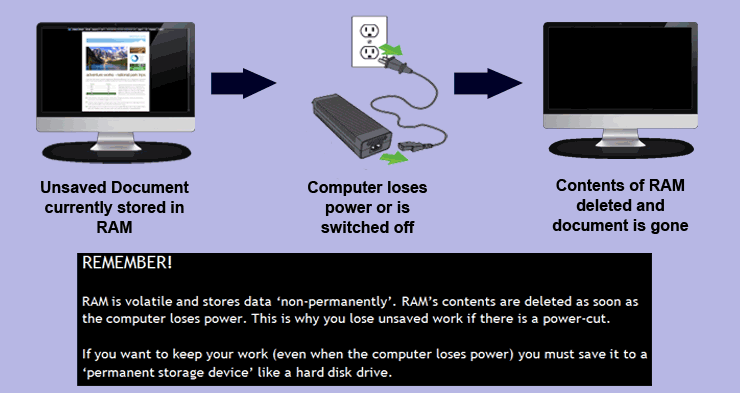
In a typical desktop computer/laptop, ROM is the first one that comes to the picture when you boot it up. Remember the BIOS? Well the BIOS is on a ROM, and that’s the one which helps to launch your operating system be it Windows or Linux. RAM comes into the picture every time you work on your computer. For example, you open a file from your hard-disk, it does appear like magic that it pops on-screen immediately. But the background process is that transfers from your hard-disk to RAM and then through processing comes to your display screen.
Upgradation of RAM and ROM –
One has to note that ROM in personal computers or laptops is for specialized uses like boot up (BIOS) process. RAM, on the other hand, is used for day to operations of the computer like playing a song, watching a movie or browsing the web. It is effortless to upgrade a RAM these days as most PC / laptop manufacturers have provision to provide additional RAM slots to support expansion. Increasing your RAM to double the capacity does not mean that your computer is suddenly going to become faster by 2x. It will have significant speed increase but will be less than 2X owing to limitations of CPU and other factors.
Appearance of RAM and ROM –
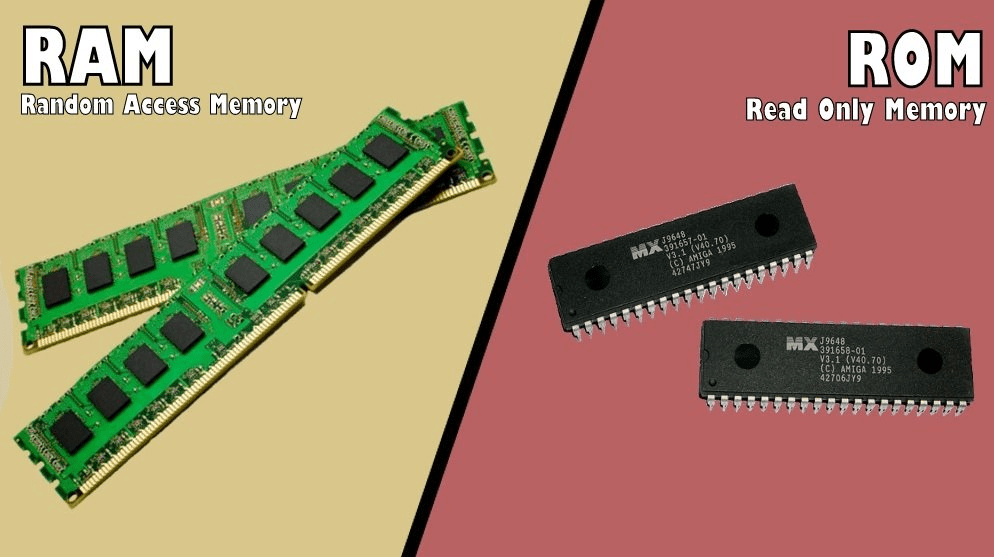
RAM mostly looks like a greenish rectangular chip with multiple Integrated Circuits ( ICs ) o nit with teeth to be inserted into the RAM slots. ROM, on the other hand, is an optical drive primarily made of magnetic tapes. What one could safely say is that a RAM on most days is more prominent than a ROM.
Data Storage Capacity:
Decades back RAM has a capacity of 128MB or 512 MB. But now there are no MBs as every RAM capacity these days are only in GBs. Typically they can have capacity up to 16 GBs. ROM usually have an insufficient capacity as their purpose is mostly to have critical programs for critical operations. This requires persistence like computer boot-up process. The ROM capacity is significantly small when you compare it with a RAM and on most occasions will be the order of 4MB.
Recent Advancements in RAM and ROM –
Difference Between RAM and ROM never stopped their path to perfection. In fact, both of these memory devices never seem to have felt they have reached the best standards. There are always improvisations either regarding speed, power consumption, size, manufacturing process or costing standards. Let’s look at some of the latest developments in this space.
NAND Flash:
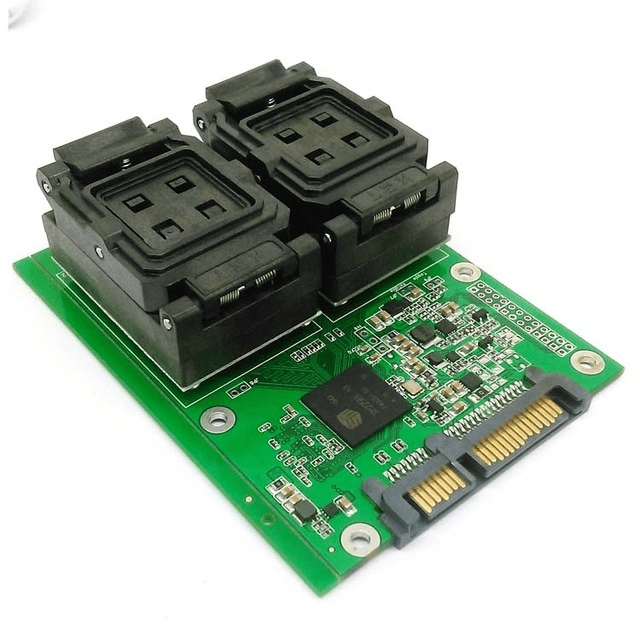
This technology is an improvised version of the USB flash memory we use for portable data transfer. The goal is to make them performant so that they could someday potentially replace hard-disks. Also, to note is that they are minimal, which makes them attractive for mobile devices.
RRAM:
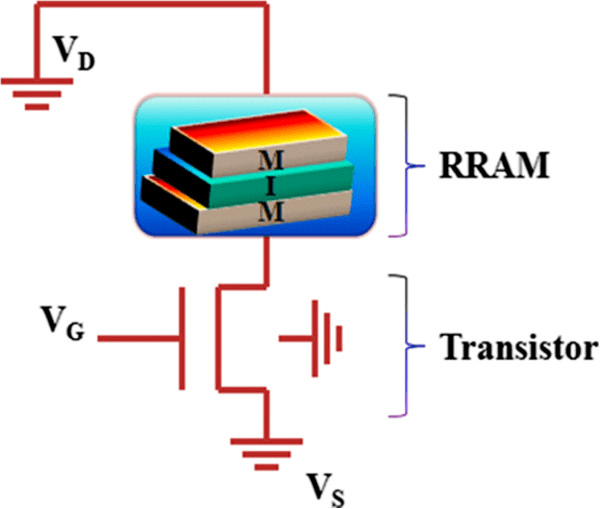
Resistive Random Access Memory is the next big thing in the RAM space. We all know RAM as a volatile memory as it loses data when the power goes off. Well, this kind of aim to prove that claim false. The idea is to make sure without power, and they are at least able to retain data. This would inevitably open up new possibilities and advancements in the memory field.
Conclusion:
Having gone through the right amount of details on all the Difference Between RAM and ROM, one might be able to establish the clarity that they are never competing against each other but more of complementing each other to make the device that they are part of performant and better.
So this is all about the difference between RAM and ROM.











